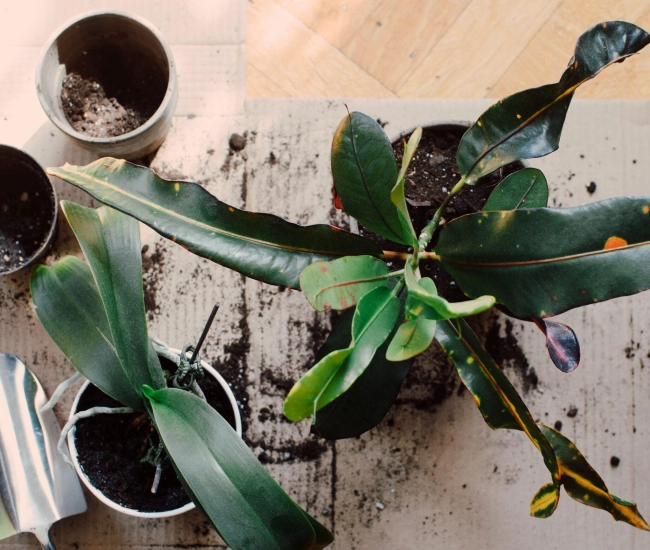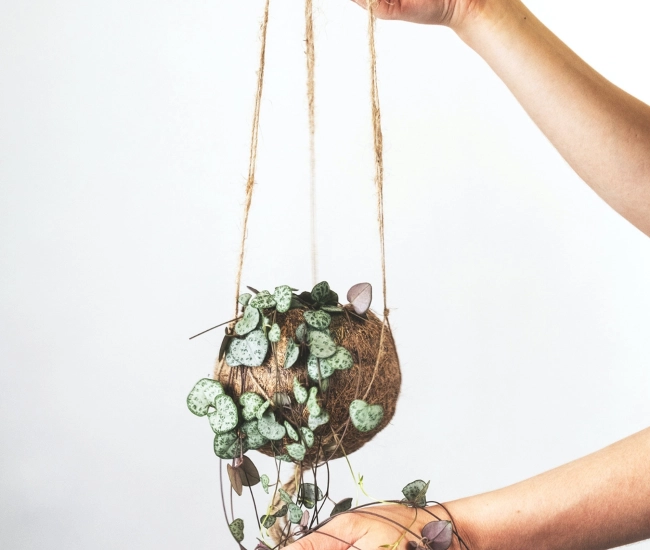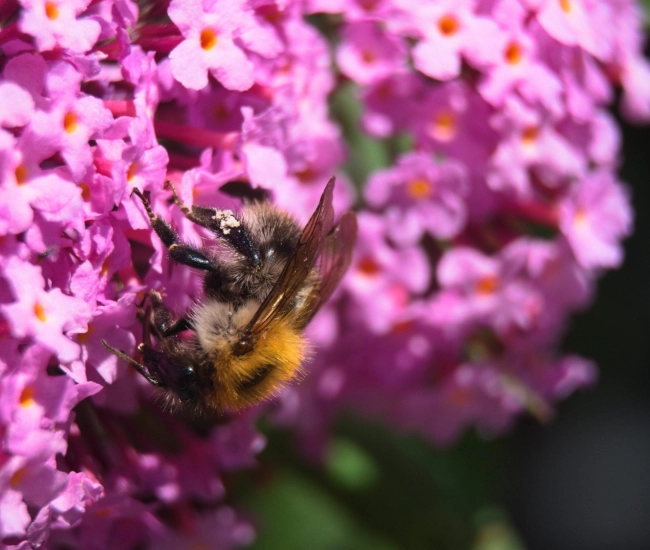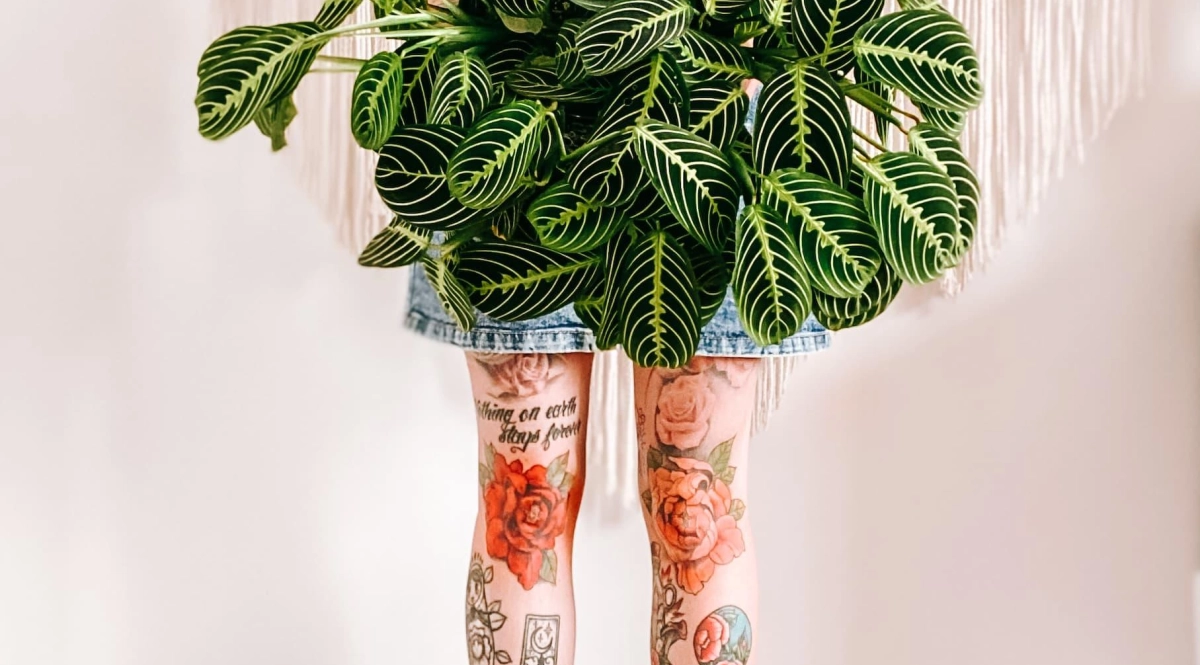
Text written by Laura Pigeon
This month, I wanted to talk to you about non-toxic plants. Personally, I am very lucky: my two cats are indifferent to my plants. However, this is not the case for everyone! Unfortunately, the most beautiful indoor plants are often toxic to animals. But there are also several beautiful varieties of non-toxic plants: here are my five favorites.


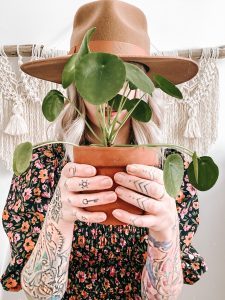
- The Pilea peperomioides
The Pilea is a relatively easy-to-care-for plant. I love it because it doesn't require much care and multiplies very easily. It is also a fast-growing plant: mine has tripled in size in two years! The Pilea needs a lot of sunlight to grow well (direct morning or late afternoon sun is ideal). I've noticed that you shouldn't let the soil dry out too much between waterings, otherwise it will have some yellow leaves at the bottom. I've also noted that my Pilea really likes being in a terracotta pot. Since I repotted it in this type of pot, it hasn't stopped growing. I water it about once a week, in small quantities.
- The Watermelon Peperomia
All Peperomias are non-toxic to animals. I find this really cool because there are several varieties. It's easy to have several different plants, even if they belong to the same family. I love the leaves of the Watermelon Peperomia. I find it very original with its small stripes. In general, Peperomias love the sun. The care is very similar to that of the Pilea. If it has direct morning or late afternoon sun, it will be happy. But it will also be very comfortable in a well-lit room without direct sunlight. As for my Watermelon Peperomia, I unfortunately neglected it! At one point, I even forgot about it, and it took some time to forgive me. It's finally starting to look beautiful again! I've noticed that if I always keep its soil slightly moist, it looks much better, and it no longer develops brown spots on the leaves. I water it about once a week, in small quantities. Forgetting to water your Peperomia can often be fatal: so don't neglect it!
- The Maranta
The Maranta is also called the "Prayer Plant" because its leaves move throughout the day, depending on the sun. It's a plant that I love dearly. I have three at home. There are several beautiful varieties. The Maranta requires a lot of humidity. Ideally, it should be kept at about 70% humidity. I make sure the soil is always moist and spray it every morning. Mine is placed directly next to a humidifier that I run for about three hours a day. When it lacks humidity, the Maranta has small dry brown spots on the tips of the leaves. It's also good to place it on a bed of damp clay pebbles. I wouldn't recommend this plant to a beginner because it doesn't like being forgotten.
- The Calathea Orbifolia
Another plant that I find magnificent is from the Calathea family. If you follow me on Instagram, you know I generally struggle with Calatheas. But not with this one. I find it to be the easiest Calathea to care for. It grows quite quickly and can become enormous under good conditions. I spray my Orbifolia once a day, like the Maranta. Mine is in a decorative pot with clay pebbles at the bottom to retain as much moisture as possible. I also make sure to keep its soil moist: I water it about once a week.
- The Aechmea (Silver Vase)
The Aechmea is a plant that is often overlooked, I think! Not everyone necessarily finds it beautiful, but I find it quite original with its striped leaves. It's a non-toxic plant for animals and super easy to care for. The Aechmea will produce a flower once in its life. This flower is magnificent and can last about a year. When the flower wilts, the plant will never flower again. However, it will produce an offshoot that will flower in turn. How to care for it? Simply always keep water in the center of the plant, like in a vase. It must always have its water reserve. I water the soil about once a month. It's a plant that doesn't need a lot of sunlight, so it can live very well in a less well-lit room or in a basement.
This concludes our topic of the day, non-toxic plants for animals! It's possible to have a very beautiful indoor jungle without worrying about Kitty and Doggie. I still advise you not to let your animals chew or eat your plants. My tips for keeping your animals away from your plants: place them high up, train your animal not to eat them (by spraying them with water every time they try), and put orange or lemon peels on your soil, as cats hate citrus.
Tips and advice

